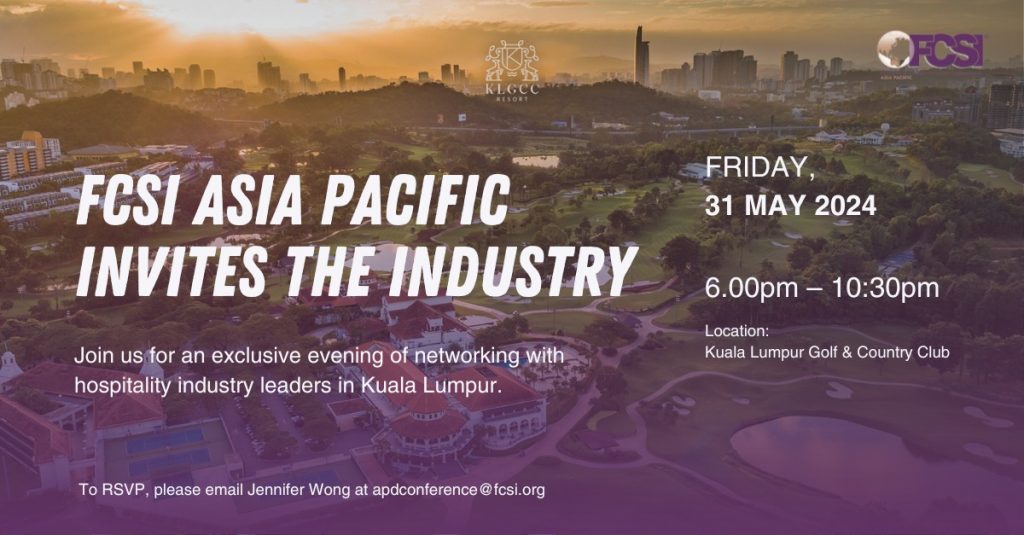
2020 taught us many lessons and we should have the wisdom to take some of this hard-won experience into 2021. The most important commercial development is happening in the digital world, especially in the fields of artificial intelligence (AI) and internet of things (IoT).
Coming up fast as the next big thing is nanotechnology. It will have many applications in almost every industry and normal human life. We will see enormous changes over the next decade or two.
Effective and risk-free operation
Today’s foodservice design needs to evolve to provide more effective and risk-free operation practices. Taking foodservice from farm to fork, an increasingly popular restaurant trend, means the following subjects have to be considered.
- Seeds – local, not chemically treated
- Soil – clean, unpolluted, rich in minerals, treated and enriched with compost
- Farming – modern, using the latest in AI and IoT applications, all natural
- Harvest – nutritious products, ready to consume, safe
- Storage – appropriate for every fruit or vegetable, ambient air controlled and purified
- Local – growing healthy products appropriate for the soil of the area
- Fresh – using various innovative methods such as vertical farming
- Nutritious – this is one of the most important characteristics for wellbeing and strong immunity
- Menu design – focused on local ingredients
- Ghost kitchens – a place to practice new options
- Vegan philosophy – a big transformation in diet is expected to support health and reduce carbon footprint
- Manufactured meat – lab-grown products will become cheaper and popular
- Waste – food waste reduced and converted to useful forms mainly compost and fuel
- Cleaning – big evolution to quit chemicals and shift to ozone related products
- Organic – this old/new fashion will flourish with new technology
- Nanotechnology – this could herald a new era of technology, it has the potential to be used in machinery that contributes to human wellbeing
Zero energy buildings will play a role a role in the future. To be classified zero energy the total amount of energy used by the building on an annual basis must equal the amount of renewable energy created on the site, which means every building will act as an energy reactor and create its own energy.
This shapes energy requirements for the next decades and could answer the question of how to solve the problem of meeting future energy demands. So, whether it’s a hotel, hospital, shopping mall or similar industrial building, there is so much that can be done on the design side. Foodservice projects will have more importance and significance for being on the cutting edge of energy saving.
Creating energy
The environmental impact of the demand for cleaner and more nutritious food will be solved within these intelligent buildings and production cells. Within a simple circulation chamber food growing, producing and consuming (F-GPC) will have its own core energy. This will ease the current reliance on fossil fuels and a new era will open up – better than before. This requires a small shift in building design and all the detailed engineering in order to create this loop.
Carbon footprint will be reduced as there will be no big generating power plants and distribution lines. Thanks to massive improvements in technology and application methods the source to meet future energy demand will be met from within the buildings.
Other energy sources will be more efficient and natural as well. Converting CO2 in the air will not only improve the atmosphere, but also supply a vast store of energy, which will be able to be used in both residential and commercial purposes. The technology will be developed for more practical and compact units for different size and capacity usage.
Connected with the air or earth-type heat pump systems the energy will be economic way to produce energy needed for connection and communication. The ultimate aim is to connect all the people and all their smart equipment. This is predicted to be around 40-60 billion connections at least.
Environmental impact
One impact of the pandemic showed there’s a need to create a new commercial system for human demands and spending. Shops might become virtual and there will be no need for malls anymore. Online shopping will evolve, maybe AI will present a pre-determined selection of goods based on the style and size the customer has previously ordered. Regular customers will use many different aspects of technology to select and order their goods. This may enable producers and wholesalers to pinpoint what will be demanded and when, which will surely reduce the stock cost and may bring more liquidity to the markets.
Although changes in attitude and technology may mean more people staying at home. However, a more pleasant, cleaner environment will encourage people to go outdoors for relaxation and leisure.
The Covid-19 virus has threatened us and made us think about all the things we took for granted before. In the future there will be an even greater threat to our existence – the planet’s melting glaciers. We must consider this problem closely and determine a valid strategy to stop global warming. Pandora’s Box has been opened and we must wake up immediately and address the problem.
Serdar Sağlamtunç FCSI




